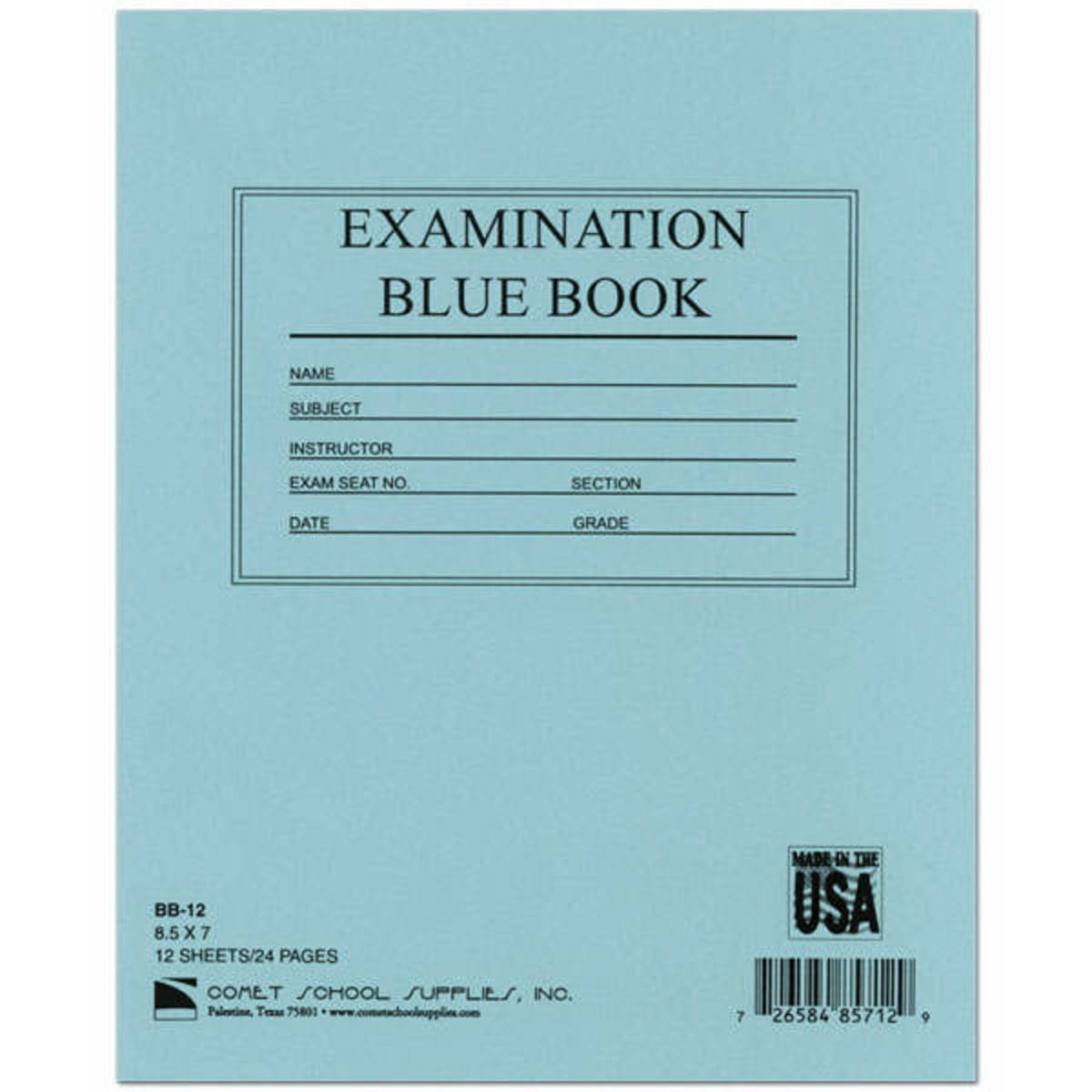Reducing China Export Time: The 90-Day Solution

Table of Contents
Streamlining Your Production Process for Faster China Exports
Optimizing your production process is paramount to achieving faster China exports. Inefficient manufacturing practices directly impact your ability to meet tight deadlines and ship goods promptly. Implementing lean manufacturing principles, for example, can significantly reduce waste and improve overall productivity. This means focusing on eliminating unnecessary steps, streamlining workflows, and optimizing resource allocation.
- Implementing Lean Manufacturing Principles: Adopting methodologies like Kaizen and 5S can dramatically reduce production time and costs.
- Improving Communication with Suppliers: Clear and consistent communication is essential. Regular updates, proactive problem-solving, and transparent communication channels avoid costly delays.
- Preemptive Quality Control: Implementing rigorous quality control checks at each stage of production minimizes rework and delays caused by defective products.
- Just-in-Time (JIT) Inventory Management: JIT inventory management reduces storage costs and minimizes the risk of obsolescence while ensuring materials are available when needed.
- Efficient Production Planning Software: Utilizing specialized software allows for better forecasting, scheduling, and resource allocation, enabling better production planning and optimized timelines.
The Importance of Efficient Supplier Relationships
Strong supplier relationships are the backbone of efficient China exports. Choosing reliable and reputable suppliers is crucial. This involves careful vetting, thorough due diligence, and establishing clear expectations regarding quality, delivery timelines, and communication protocols.
- Choosing Reputable Suppliers: Thoroughly research potential suppliers, verify their credentials, and check their track record.
- Clear Communication Channels: Establish open and consistent communication channels to address issues promptly and prevent delays.
- Regular Performance Reviews: Conduct regular performance reviews to monitor supplier performance and identify areas for improvement.
- Collaborative Problem-Solving: Foster a collaborative environment where challenges are addressed collectively and solutions are implemented efficiently.
- Contract Negotiation: Negotiate contracts that clearly define responsibilities, timelines, and quality standards, minimizing potential disputes.
Navigating Chinese Customs and Export Regulations
Understanding and complying with Chinese customs procedures and export regulations is critical for avoiding costly delays. Navigating this complex landscape requires meticulous planning and attention to detail.
- Accurate Documentation Preparation: Ensure all necessary documentation is prepared accurately and completely. Errors in documentation can lead to significant delays.
- Understanding HS Codes: Accurately classifying your goods using the Harmonized System (HS) codes is essential for smooth customs clearance.
- Utilizing Customs Brokers: Customs brokers possess specialized knowledge and experience, facilitating smoother customs clearance.
- Ensuring Compliance with Export Regulations: Stay updated on all relevant export regulations and ensure full compliance to avoid penalties and delays.
- Pre-Shipment Inspections: Consider pre-shipment inspections to identify and rectify any issues before shipment, preventing delays at the port.
Optimizing Your Shipping and Logistics Strategy
Choosing the right shipping method and logistics provider is crucial for achieving faster delivery times. Careful consideration of various factors, including cost, transit time, and reliability, is essential.
- Comparing Different Shipping Options (Sea Freight vs. Air Freight): Weigh the pros and cons of sea freight (cost-effective but slower) and air freight (faster but more expensive) based on your specific needs and deadlines.
- Selecting a Reliable Freight Forwarder: Partner with a reputable freight forwarder with a proven track record and strong network.
- Optimizing Container Loading: Efficient container loading maximizes space utilization and minimizes shipping costs.
- Using Tracking Technology: Utilize real-time tracking systems to monitor your shipment's progress and proactively address potential issues.
- Negotiating Favorable Shipping Rates: Negotiate favorable shipping rates with carriers and freight forwarders based on your volume and frequency of shipments.
Utilizing Technology to Enhance Export Efficiency
Technology plays a vital role in streamlining export processes and reducing manual errors. Implementing the right software and systems can significantly improve efficiency and speed.
- Implementing Supply Chain Management (SCM) Software: SCM software provides real-time visibility into your supply chain, enabling proactive management of potential bottlenecks.
- Using Electronic Data Interchange (EDI): EDI automates the exchange of documents between trading partners, reducing paperwork and minimizing errors.
- Adopting Automated Shipping Solutions: Automated shipping solutions streamline shipping processes, reducing manual intervention and errors.
- Utilizing Real-Time Tracking Systems: Real-time tracking provides up-to-the-minute visibility into your shipment's location and status.
- Data Analytics for Process Improvement: Utilize data analytics to identify bottlenecks and inefficiencies, allowing you to make data-driven improvements.
Conclusion
Achieving a 90-day China export solution requires a strategic approach encompassing efficient production, smooth customs clearance, optimized logistics, and the strategic use of technology. By focusing on these key areas, you can significantly reduce your China export time, improve your competitiveness, and boost your profitability. Start optimizing your China export process today for a faster, more profitable business! Download our free guide on achieving a 90-day China export solution!

Featured Posts
-
 When Does Matlock Return New Episode Air Dates And Where To Watch
May 27, 2025
When Does Matlock Return New Episode Air Dates And Where To Watch
May 27, 2025 -
 Is Affordable Housing Possible Without A Housing Market Crash A Look At Gregor Robertsons Ideas
May 27, 2025
Is Affordable Housing Possible Without A Housing Market Crash A Look At Gregor Robertsons Ideas
May 27, 2025 -
 Are Blue Books The Future Of Exams A Student Perspective
May 27, 2025
Are Blue Books The Future Of Exams A Student Perspective
May 27, 2025 -
 Air Algerie Receives Ncaa Operating Permit Details And Implications
May 27, 2025
Air Algerie Receives Ncaa Operating Permit Details And Implications
May 27, 2025 -
 Psgs Unbeaten Run Continues Victory Over Le Havre Keeps Ligue 1 Dream Alive
May 27, 2025
Psgs Unbeaten Run Continues Victory Over Le Havre Keeps Ligue 1 Dream Alive
May 27, 2025
Latest Posts
-
 Greve Sncf Analyse Des Arguments De Philippe Tabarot Sur Les Revendications
May 30, 2025
Greve Sncf Analyse Des Arguments De Philippe Tabarot Sur Les Revendications
May 30, 2025 -
 Philippe Tabarot Critique La Greve A La Sncf Et Ses Revendications
May 30, 2025
Philippe Tabarot Critique La Greve A La Sncf Et Ses Revendications
May 30, 2025 -
 Greve Sncf Le Ministre S Exprime La Pagaille Est Elle Inevitable
May 30, 2025
Greve Sncf Le Ministre S Exprime La Pagaille Est Elle Inevitable
May 30, 2025 -
 Sncf Greve Reactions A La Contestation Des Revendications Syndicales
May 30, 2025
Sncf Greve Reactions A La Contestation Des Revendications Syndicales
May 30, 2025 -
 Greve Sncf Philippe Tabarot Juge Les Revendications Illegitimes
May 30, 2025
Greve Sncf Philippe Tabarot Juge Les Revendications Illegitimes
May 30, 2025
